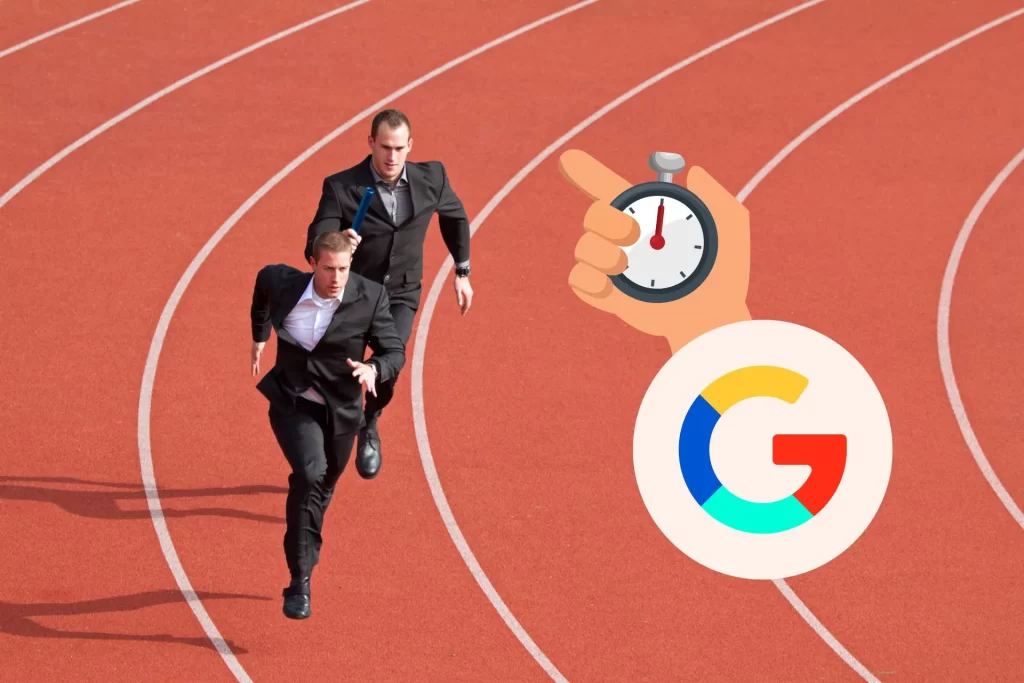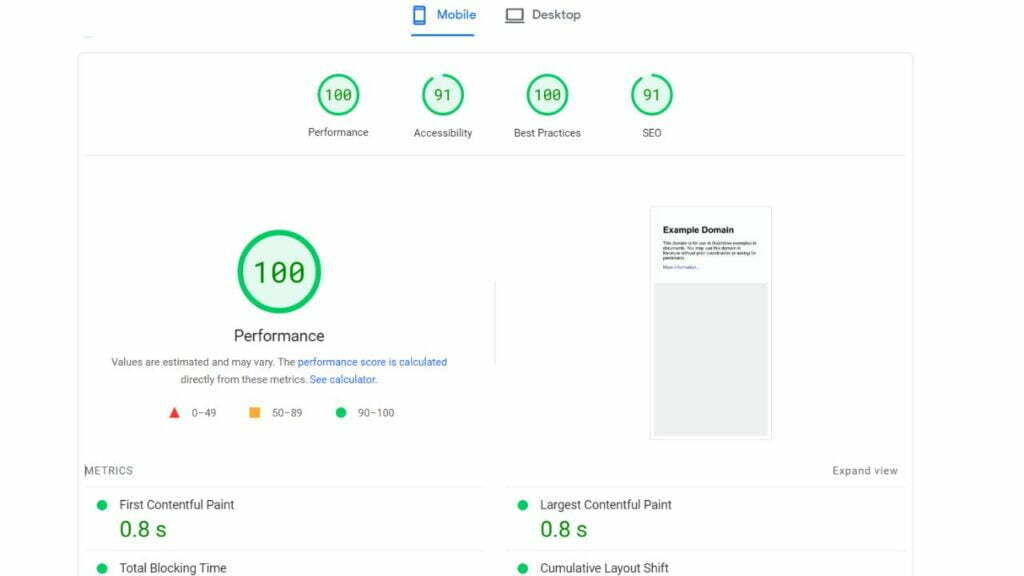In today’s fast-paced digital landscape, website loading speed plays a crucial role in determining the success of an online business. One of the key metrics affected by loading speed is conversion rates. In this blog post, we will explore the significant impact that website loading speed can have on conversion rates and provide insights into how businesses can optimize their website performance to improve conversions.

When it comes to website loading speed, users are becoming increasingly impatient. The rapid advancement of technology and faster internet connections have raised expectations for near-instantaneous access to information. Slow-loading websites can frustrate users and lead to negative perceptions of a brand or business.
Research by Google has shown that users have limited patience and are likely to abandon a website if it takes longer than 3 seconds to load. The underlying psychology behind user impatience lies in the desire for instant gratification.
Users expect websites to load quickly, and any delay interrupts their flow and disrupts their online experience. Slow loading times can erode trust, as users may perceive a poorly performing website as an indication of unprofessionalism or lack of care. Consequently, they are more likely to leave the site and seek alternatives that provide a faster and more seamless experience.

Bounce rate refers to the percentage of users who navigate away from a website after viewing a single page without interacting further. Slow loading speeds have a direct impact on bounce rates, as users are more likely to abandon a website that fails to load quickly.
High bounce rates can be detrimental to business objectives, as they indicate that users are not finding what they need or are becoming frustrated with the user experience. Furthermore, slow loading speeds can have a cascading effect on conversion rates. Conversion refers to the user taking a desired action, such as making a purchase, filling out a form, or subscribing to a service.
If a website takes too long to load, users may lose interest, lose trust, or simply become deterred from completing the desired action. This can result in a decrease in conversion rates, as users are more likely to abandon their initial intent and leave the site without engaging further.

Users’ expectations for fast and seamless online experiences continue to rise. With advancements in technology, people have become accustomed to instant access to information, quick-loading apps, and responsive websites. These expectations extend to the browsing experience, and users expect websites to load quickly and smoothly across different devices and platforms.
When users encounter a slow-loading website, it creates a disconnect between their expectations and the actual experience. Users now have a benchmark for what they consider acceptable loading times, and any deviation from this norm can negatively impact their perception of a website or brand. If a website fails to meet these expectations, users may assume that the overall user experience will be not satisfying, leading to a lack of trust and decreased conversion rates.
Meeting user expectations for loading speed is essential for businesses to establish a positive first impression, build trust, and encourage users to engage further with their website. By understanding and addressing user expectations, businesses can optimize their loading speed and create an experience that aligns with user preferences, ultimately leading to improved conversion rates.

Search engines consider website loading speed as one of the ranking factors in their algorithms. Fast-loading websites provide a better user experience, and search engines aim to deliver the most relevant and user-friendly results to their users. When search engines crawl and index websites, loading speed is taken into account to determine the website’s overall performance and user satisfaction.
By prioritizing fast-loading websites, search engines aim to provide searchers with content that can be accessed quickly and easily. Websites that load slowly may experience a lower ranking position in search results, as search engines favour websites that offer a seamless and efficient user experience.
A fast-loading website is more likely to rank higher, leading to increased visibility and organic traffic. When your website ranks well for relevant keywords and attracts a larger audience, you have more opportunities to convert those visitors into customers.
Fast-loading websites also contribute to a positive user experience, which can lead to increased engagement and a higher likelihood of conversion. When users have a seamless browsing experience on your website, they are more likely to stay longer, explore your content, and take the desired actions, such as making a purchase, filling out a form, or booking a service.
By prioritizing loading speed optimization as part of your SEO strategy, you can improve your website’s visibility in search engine results, attract more organic traffic, and create a user-friendly experience that increases the likelihood of conversions.
Mobile optimization is crucial in today’s mobile-first world, as more users access the internet through their smartphones and tablets. To optimize loading speed for mobile devices:

Regularly perform performance testing using tools like Google PageSpeed Insights, GTmetrix, or WebPageTest to assess your website’s loading speed and identify areas for improvement. These tools provide detailed reports and recommendations to optimize loading speed.
Implement monitoring tools to track your website’s loading speed over time. By monitoring performance metrics, such as page load time, time to first byte (TTFB), and server response time, you can identify any degradation in loading speed and take proactive measures to address issues.
Capturing real-time data on how users are interacting with your website can provide insights into any performance bottlenecks that users may be experiencing and help you prioritize optimizations to drive conversions.
By implementing these strategies, you can optimize the loading speed, enhance user experience, and drive conversions on your website. Regularly assessing and improving loading speed will ensure that your website meets the expectations of users, leading to higher engagement, increased conversions, and improved business success.
Website loading speed plays a vital role in driving conversions and achieving business success. Slow-loading websites not only frustrate users but also lead to high bounce rates and missed conversion opportunities. On the other hand, fast-loading websites contribute to a positive user experience, enhance brand perception, and increase the likelihood of conversions.
By prioritizing loading speed optimization as part of your SEO strategy, you can improve your website’s visibility in search engine results, attract more organic traffic, and create a user-friendly experience that increases conversion rates. Implementing the best practices described above can significantly improve loading speed and drive conversions.

If you need assistance implementing the strategies mentioned to optimize your website’s loading speed and drive conversions, our team is here to help. Our experienced professionals have expertise in website performance optimization, mobile optimization, and SEO best practices.